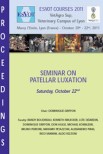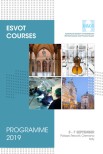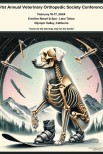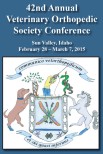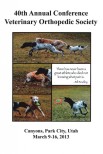OBJECTIVE:
To report the current state of minimally invasive surgery (MIS) in veterinary surgical practice in 2010.
STUDY DESIGN:
Electronic questionnaire.
SAMPLE POPULATION:
Diplomates and residents of the American College of Veterinary Surgeons (ACVS).
METHODS:
A survey (38 questions for Diplomates, 23 questions for residents) was sent electronically to 1216 Diplomates and 300 residents. Questions were organized into 5 categories to investigate: (1) caseload and distribution of MIS cases; (2) MIS training; (3) MIS benefits, morbidity, limitations and motivating factors; (4) ACVS role; and (5) demographics of the study population.
RESULTS:
Eighty-six percent of small animal (SA) Diplomates, 99% of large animal (LA) Diplomates, and 98% of residents had performed MIS. Median LA caseload (30 cases/year; range, 1-600) was significantly higher than SA caseload (20 cases/year; range, 1-350). Descending order of case distribution was: arthroscopy > laparoscopy > endoscopic upper airway > thoracoscopy. Sixty percent of Diplomates and 98% of residents received MIS training during their residency. Residents' perspective of MIS training proficiency was positively correlated to caseload. Ninety-five percent of all respondents felt postoperative morbidity was less with MIS, and were motivated by patient benefits, maintaining a high standard of care, and personal interests. Fifty-eight percent of Diplomates and 89% of residents felt ACVS should be involved in developing MIS training.
CONCLUSIONS:
MIS is widely used by ACVS Diplomates and residents in clinical practice; however, important differences exist between SA and LA surgeons and practice types. MIS training in partnership with the ACVS is needed for continued development in veterinary surgery.
Minimally invasive surgery in veterinary practice: a 2010 survey of diplomates and residents of the american college of veterinary surgeons.
Date
2013 Aug
Journal
Vet Surg
Volume
42
Number
6
Pages
635-42
